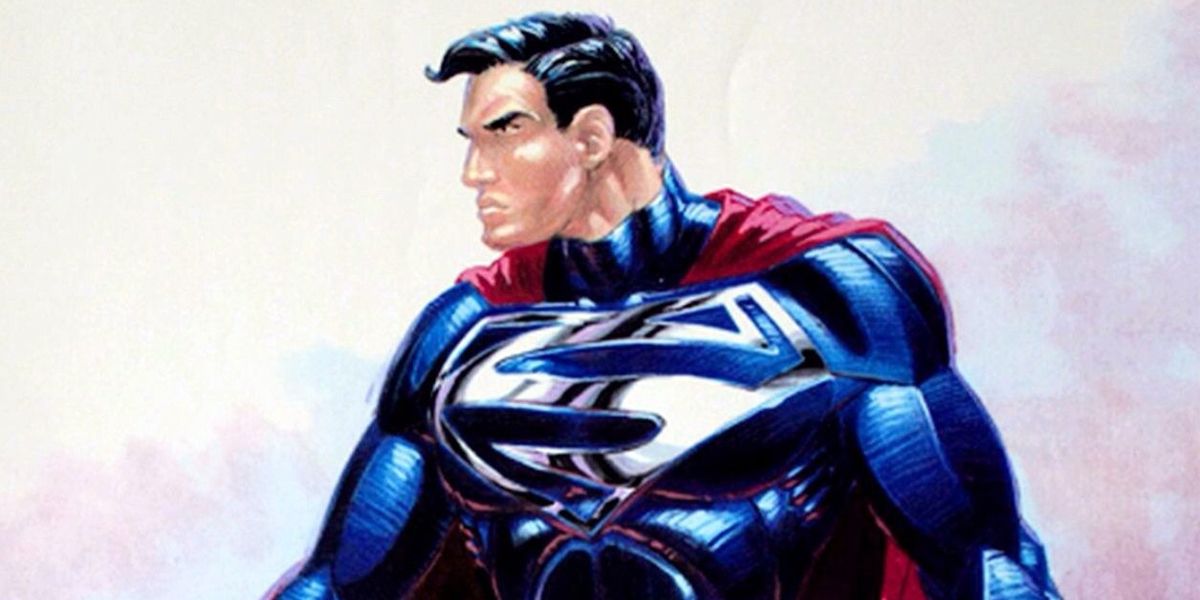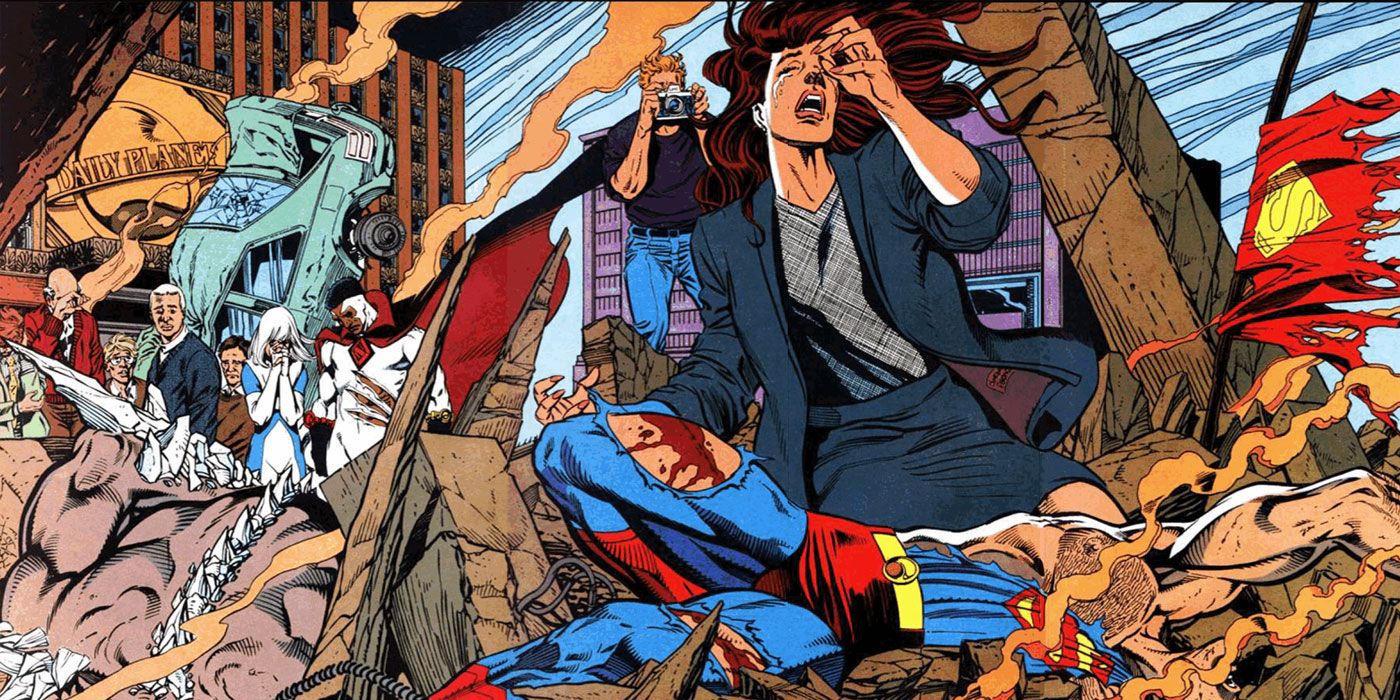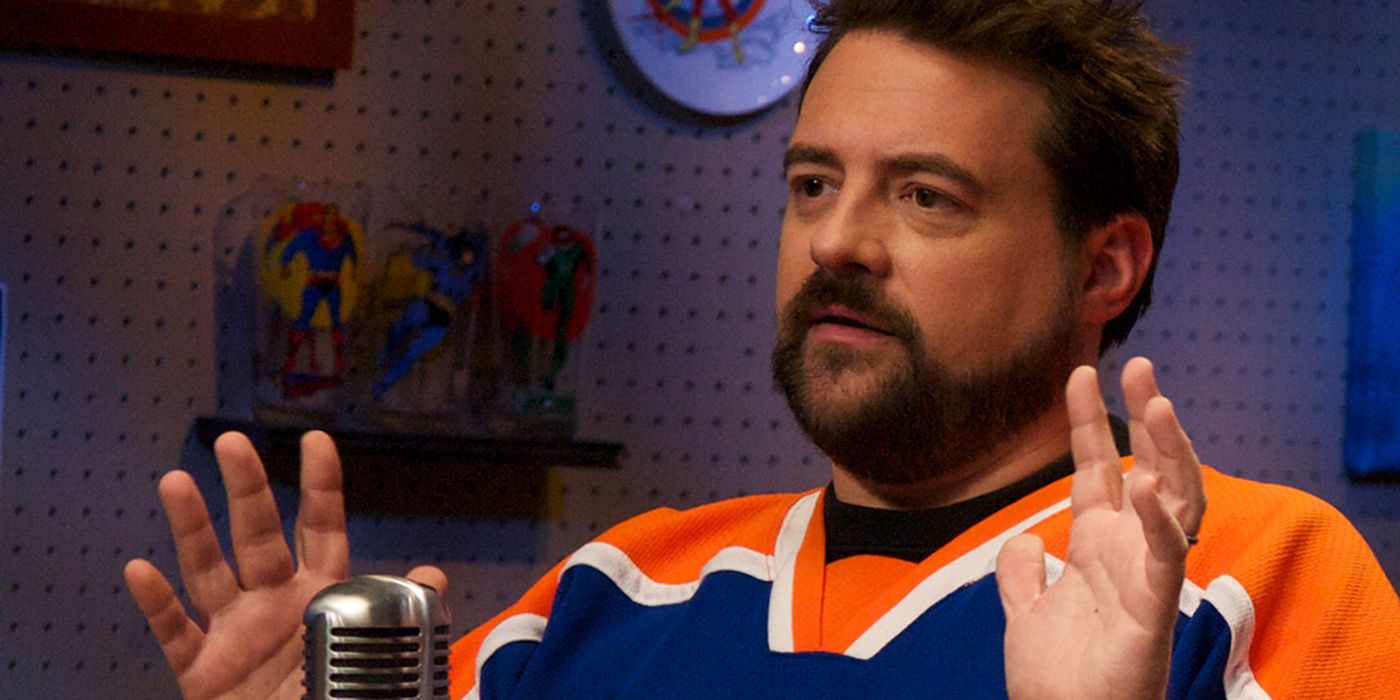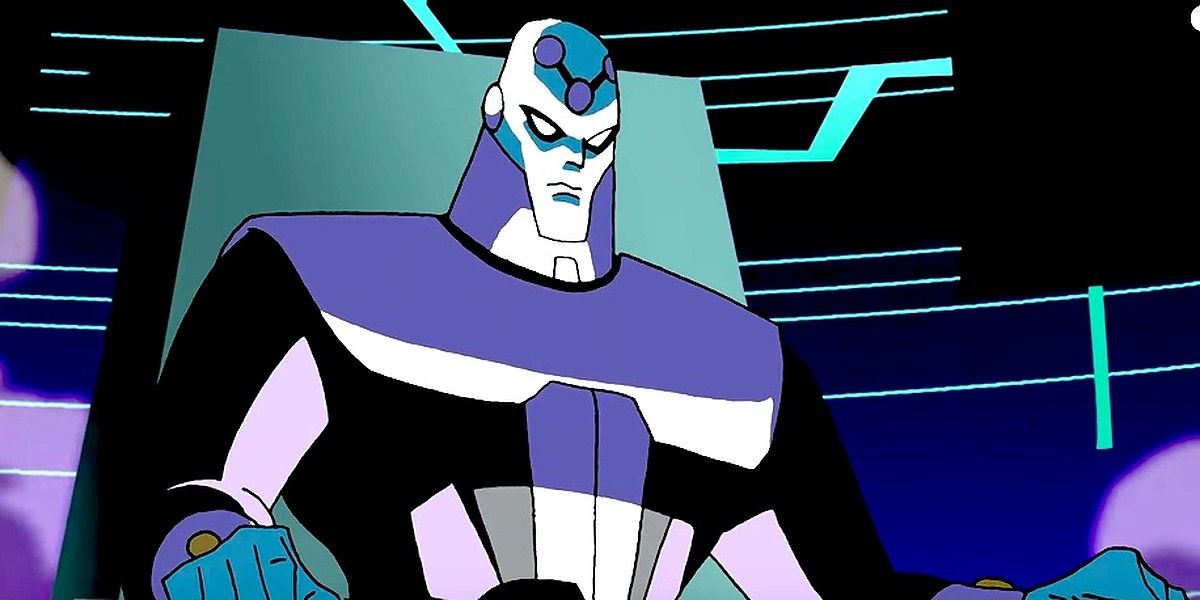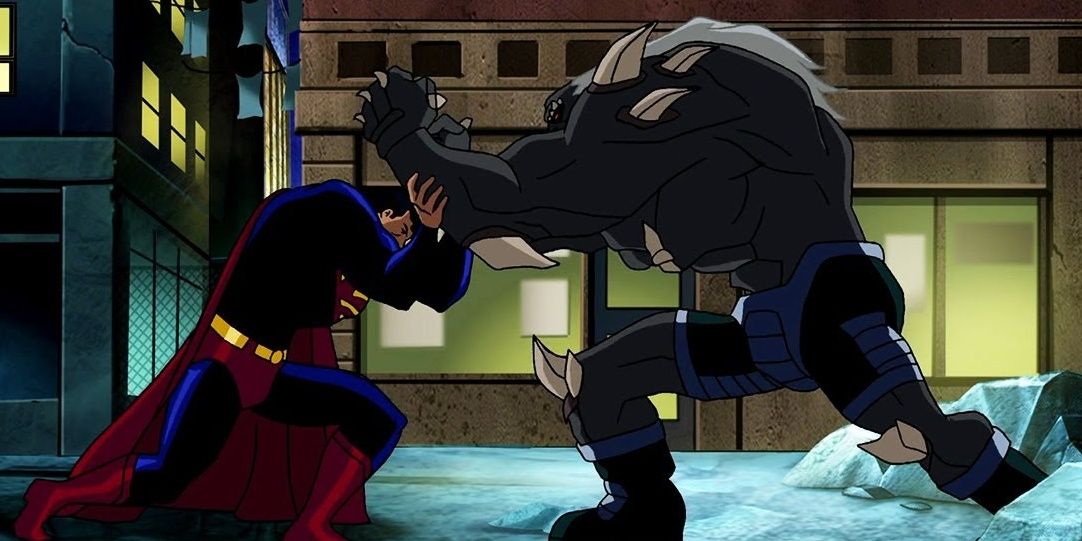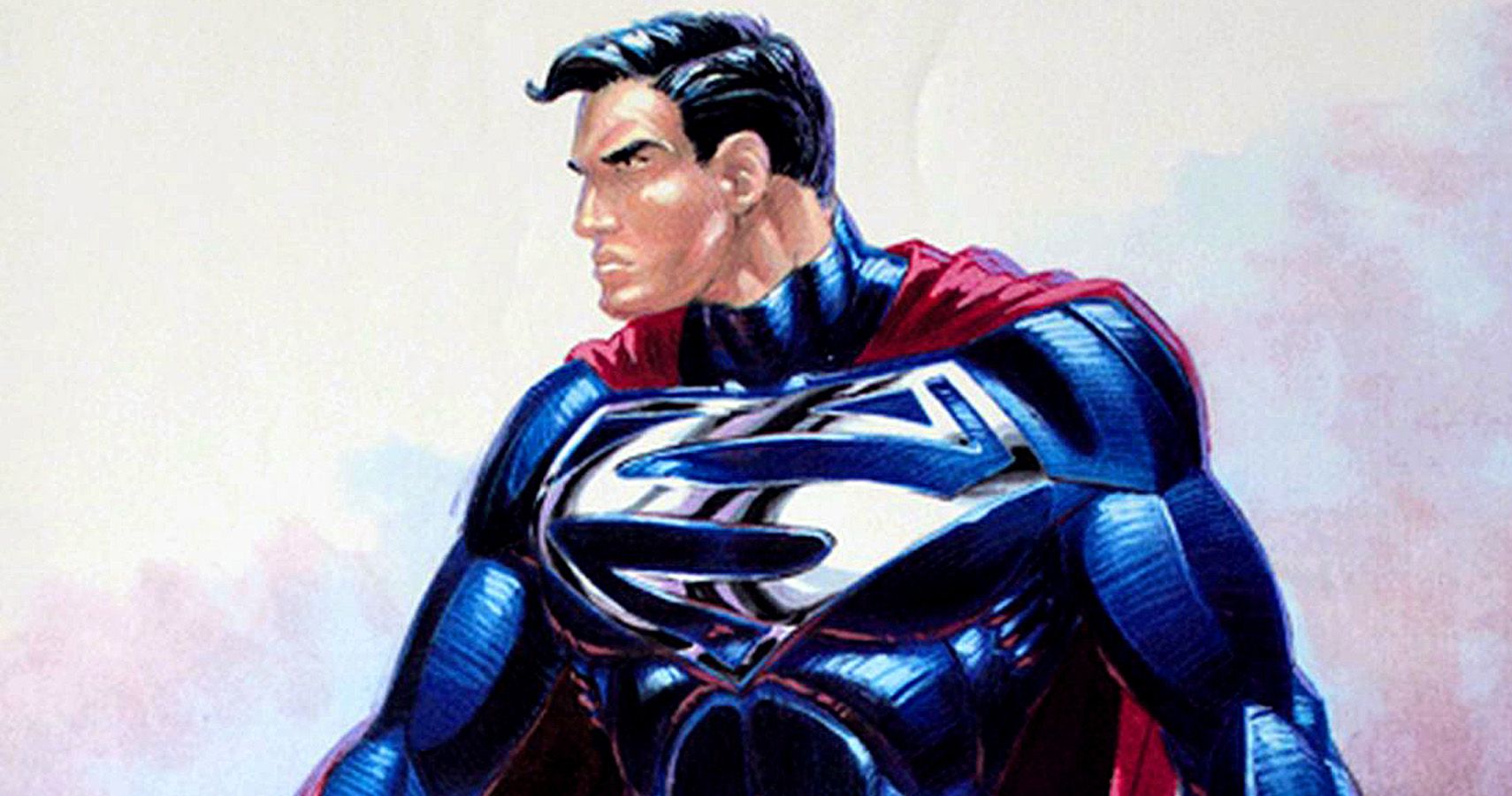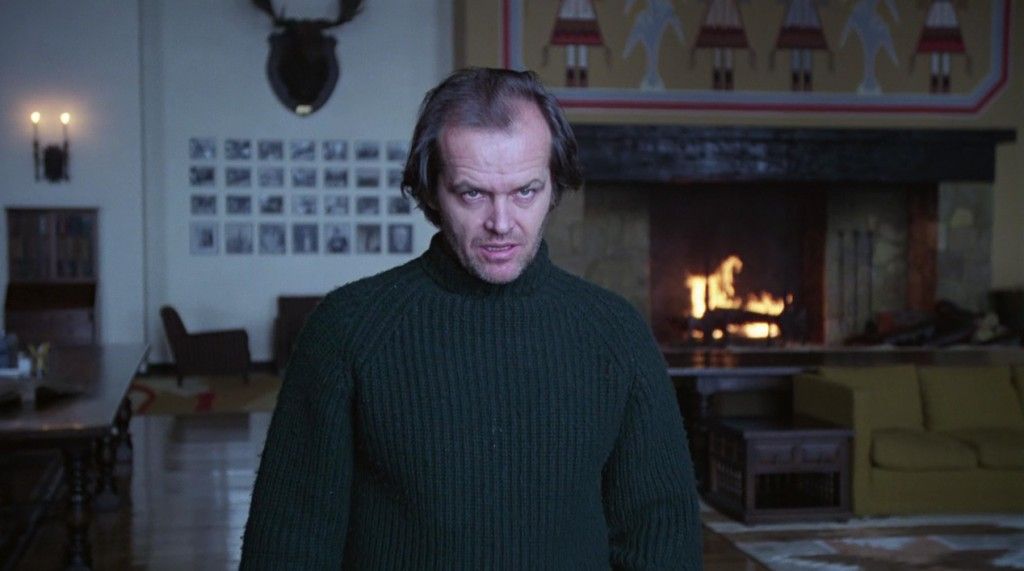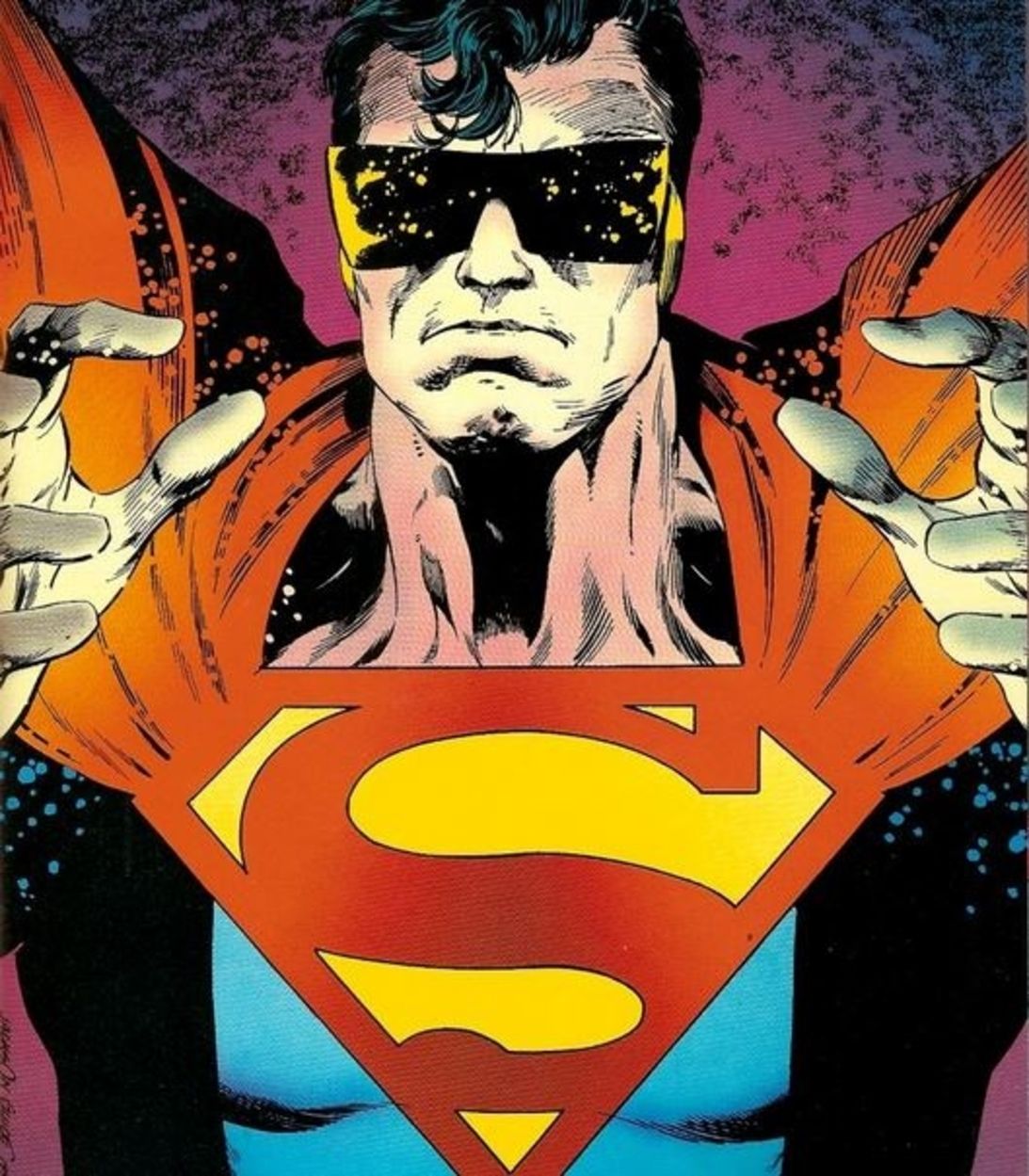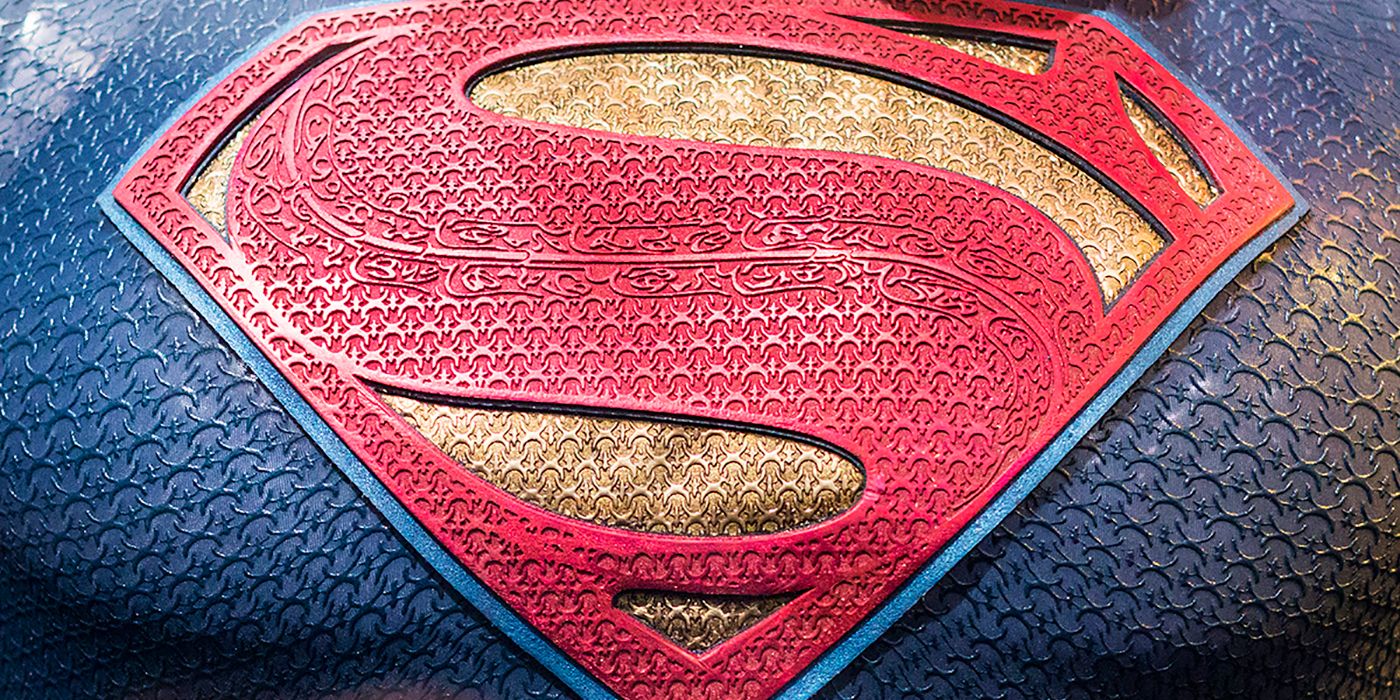Welcome to the eighth installment of Page One Rewrite, where I examine comics-to-screen adaptations that just couldn’t make it. This week, one of the most famous unproduced scripts ever, Kevin Smith's Superman Lives, from 1997. If you're looking for behind the scenes drama on this Jon Peters-produced film, which at one point had Tim Burton attached as director and Nicolas Cage starring as Superman ... well, that's deserving of its own movie.
In fact, the late Jon Schnepp produced a fascinating documentary entitled The Death of "Superman Lives": What Happened? that's worth your time. Here, though, we're discussing the script, which predates both Burton and Cage's involvement.
To put this in the proper context, at the time of Smith's script, Superman's last cinematic appearance was 1987’s Superman IV: The Quest for Peace, a commercial bomb that ended the Christopher Reeve franchise, and could've spelled the end of superheroes on the screen. However, 1989 saw the release of Tim Burton's Batman, a worldwide hit and merchandising phenomenon. In late 1992, the "Death of Superman" comics storyline was released, generating mainstream media coverage and revitalized sales of the comics, even in the face of Marvel's expanding line of X-Men spinoffs and the launch of Image Comics. So, superhero films had proven themselves again...and there was a hot Superman story out there just waiting to be adapted.
As of 1997, Kevin Smith was a promising young writer/director, with one massive indie hit (Clerks) to his name and one commercial flop (Mallrats). Smith's interest in comics quickly became a part of his public persona, and while someone citing comic books as an influence might not seem unusual today, this sounded downright quirky to the average person in the '90s. To comics fans, he was "one of us" (as evidenced by fanzine Wizard's fawning coverage), and to Hollywood, he was in position to become their go-to comic book guy.
Not that powerful producers like Jon Peters cared at all about a faithful adaptation of the source material. As Smith has noted, Peters had specific ideas for a Superman film -- ones that indicate he doesn't particularly like Superman -- which had to be incorporated into the script. Still, Smith himself has described his screenplay as "fan fiction," and there's a perspective here that feels unique to a fan of the DC Universe.
The script opens with Brainiac and his "cute/snarky robot sidekick" L-Ron (borrowed from the Keith Giffen/J.M. DeMatteis Justice League run) piloting through space in Brainiac's Skull Ship, absorbing energy from an unfortunate craft passing by. We'll learn Brainiac is in desperate need of not only energy, but also a body. His plot is to lay claim to the Eradicator, a Kryptonian robotic construct created by Jor-El.
Perhaps inspired by Superman: The Animated Series' reinvention of Brainiac, Smith establishes the villain as the culprit behind Krypton's destruction. While the animated series had Brainiac as a native Kryptonian, here, he's the "pride of Colu" (his original home in the comics), who arrived on Krypton and was given the task of policing the planet. Jor-El discovered Brainiac was actually feeding off the planet's core energy, but was unable to convince the Science Council. From there, we have a traditional Superman origin, with Krypton exploding and the Eradicator serving as the shapeshifting craft that carries young Kal-El to Earth.
After introducing Brainiac, the world of Metropolis is presented, reimagined for the '90s. Lois Lane is the Daily Planet's star reporter, involved with Superman (and already aware of his secret identity), but unwilling to commit, due to his obligations as Superman. Lex Luthor is a powerful CEO with an open hatred of Superman, and Jimmy Olsen is an ambitious young photographer. Superman is introduced in an action sequence, when he stops a comics-accurate Deadshot from assassinating the governor.
Brainiac, responding to an interstellar message from Luthor, arrives on Earth and forms an alliance with the villain. They, naturally, withhold secret schemes from one another and have a falling out before the story's end. They create a device that casts a shadow over the planet, which de-powers Superman and enables Lex to become "the sole supplier of available energy."
Brainiac sends a beast from his menagerie, Doomsday, to Earth to fight the weakened Superman. Both fall in the massive "giant punch that kills both fighters" bit (which originated in the comics storyline, and also appeared in Bruce Timm's Superman: Doomsday animated film.) One moment unique to this script, however, is Brainiac sending a beam from his spaceship that blows up Doomsday's corpse the moment the fight is over. There's no rematch in the final act, here.
Following a public funeral (which includes a Batman cameo), the Eradicator is triggered by the loss of Superman's life functions. The robot steals his body, secrets him to his Fortress of Solitude, and becomes a malleable "resuscitive suit" for the hero. The new, sleek black outfit even has a cowl that covers Superman's face. Later, it morphs into a "dazzling display of body armor" and replicates Superman's powers. Is there a compelling story justification for this? Not particularly. Smith tries to make it work, but this mainly exists as an excuse for abandoning the "red undies" costume that Peters disliked, and to create more toy possibilities for the film's inevitable merchandising bonanza.
Ultimately, Superman returns to Metropolis in the Eradicator armor, Lois and Jimmy expose Lex's collusion with Brainiac and Jon Peters receives two of the action sequences he demanded. One, Brainiac versus two polar bears "guarding" the Fortress of Solitude (never mind that they live in the Arctic, not Antarctic). Two, Superman versus a massive spider. Smith throws comics fans a bone here, naming this mix of "squid and spider" (another beast from Brainiac's collection) a Thanagarian Snare Beast, in honor of Hawkman's home planet.
With Brainiac defeated and the emotional arcs all wrapped up (Eradicator learns to respect human sentiment and sacrifices itself to destroy Lex's shadow-caster device, Lois makes peace with Superman's importance to humanity, and Superman recognizes Lois as his touchstone to his adopted homeworld), the film concludes with Clark and Lois sharing a kiss...while L-Ron sets up a potential sequel, salvaging a piece of Brainiac's body.
CASTING CALL
Smith once revealed to Wizard his ideal cast for the film: Ben Affleck as Superman, Linda Fiorentino as Lois Lane, Jack Nicholson as Lex Luthor, David Hyde Pierce as the voice of the Eradicator, John Mahoney as Perry White...and, because this is Kevin Smith, Jason Lee as Brainiac and Jason Mewes as Jimmy Olsen.
FAN SERVICE
In addition to the references to other corners of DC continuity, some of the more obscure comics characters like Cat Grant make appearances, along with references to Metropolis locales such as Suicide Slum. Smith names a scientist Dr. Shuster, in honor Superman’s co-creator Joe Shuster. And we learn Lex is pushing for The Wertham Act, a bill that seeks to outlaw costumed vigilantes in the greater Metropolitan area, named after the author of Seduction of the Innocent. Fans of Smith's films might notice he's named two Kryptonian elders Dan-Te and Ran-Dal, in a nod to Clerks.
NON-FAN SERVICE
The film's starting with the premise that Superman needs some form of updating for the modern day, hence the black costume and lack of powers. There's also a running gag to never complete any of the traditional lines from the Superman mantra, made famous by the 1950s television show.
I LOVE THE '90s
Perry White, aghast at having a computer at his desk, is advised by Clark Kent to "Jump into the cyber pool with the rest of us, Mister White."
“UM, ACTUALLY…”
The comics' Eradicator, created by writer Roger Stern and artist Curt Swan, was once a small, stylized rocket created by a dying alien race, before later adopting a humanoid form and becoming the "Last Son of Krypton" -- one of the replacement Supermen during the "Reign of the Supermen" arc that followed Superman's death in the comics. (He's the one with the sunglasses.)
Lex also has a lover/bodyguard called Misty instead of Mercy, a creation of the 1996 cartoon. Perhaps she was still too new for Smith to have her name straight.
THAT’S JUST WEIRD
Smith tends to write Lois as if she's one second away from snapping at any time. In her introductory scene, she physically jumps on Lex when he insults Superman during a talk show appearance. Later, during a crying fit, she accidentally reveals Superman's secret identity to Jimmy Olsen.
DID WE DODGE A BULLET?
Let's say Superman hasn't been well-served by his big screen appearances lately. Once Tim Burton was assigned as director, this script was tossed and development of the film kept going in stranger and stranger directions. Unfortunately, that's become the legacy of this script: it's the opening part of the story of perhaps the costliest cancelled project in movie history. And after the Burton film was axed, fans received the earnest-but-dull Superman Returns, followed by another reboot in the form of Man of Steel, which can't decide if Superman is a Christ allegory or Randian hero, unjustly persecuted by the peasants he's forced to tolerate on this world.
Here, Superman is Superman. Smith hasn't overthought the concept...if anything, Superman might be the character he's the least interested in writing. Superman isn't given overly "clever" dialogue, and is left dependent on Eradicator for most of the script. He's here as a steady influence of integrity and selflessness, but not an overwhelmingly interesting character.
But as a summer action film, this likely would've worked. There's plenty of fan service, often benefiting the actual story. For example, if you are adapting the Doomsday storyline...why not block out the sun before the fight? It gives Superman a credible excuse for losing, while also exhibiting his bravery, as he goes into a fight he knows he might not win. Smith also works out a logical means for the film's plot device to tie back into the character's origin, while also providing the villain a legitimate reason for chasing it. This is something superhero movies still seem to struggle with, creating films with various threads that don't feel as if they belong together.
So, ultimately, this perhaps isn't the Holy Grail of comic book films the early Internet once thought it would be, but Superman Lives could've served as a template for a solid Superman movie. In retrospect, it should've been adapted as the animated Doomsday film, polar bears and all.

